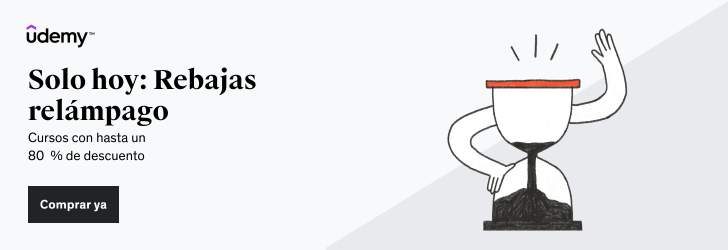Description
What you’ll learn
-
Define key concepts of probability, including randomness, sample space, and event probabilities.
-
Explain the relationship between probability and statistics and how probability is used to make inferences about populations.
-
Apply probability principles to solve real-world problems, such as calculating expected outcomes and making decisions under uncertainty.
-
Analyze situations involving risk and uncertainty, and determine the likelihood of various outcomes.
-
Evaluate different probabilistic models and assess the validity of inductive reasoning in various contexts.
-
Create structured decision-making processes that incorporate probability to manage uncertainty in practical scenarios.
Dive into the world of probability and statistics in this dynamic course that explores the mathematical foundations behind decision-making under uncertainty. Beginning with the basics, we define probability as a measure of likelihood and its relationship to statistics. The course delves into key concepts like inductive reasoning, where generalizations are made from specific data points, and introduces probability as the driving force behind statistical inferences.
Through engaging with real-world examples and thought experiments, students will uncover how our intuition can mislead us in situations involving randomness and learn the significance of experiments and trials in estimating probabilities. The course also introduces Pascal’s Wager, using it as a springboard to explore expected value, and guides students through concepts such as complementary, independent, and mutually exclusive events.
A major focus is placed on understanding sample spaces and event probabilities to predict outcomes, and the role of the expected value in evaluating risks. Finally, the course explores the central limit theorem, showing why larger sample sizes yield more reliable results in both theory and practice. By the end of the course, students will be equipped with the tools and confidence to apply probabilistic thinking and statistical analysis to complex, real-life problems, offering a fresh perspective on how numbers drive the future. This course is ideal for those seeking to understand how probability informs decisions in everything from games of chance to critical life choices.
Who this course is for:
- Students and Lifelong Learners: Anyone curious about understanding how probability and statistics shape decision-making and predictions in everyday life and various fields.
- Professionals in Data-Driven Fields: Individuals working in industries such as finance, business, economics, marketing, or healthcare who want to improve their ability to assess risk, forecast outcomes, and make data-driven decisions.
- Aspiring Data Scientists and Analysts: Those looking to build a strong foundation in probability as a key component of statistical analysis, machine learning, and data science.
- Educators and Teachers: Teachers and educators who want to deepen their understanding of probability to improve their teaching methods and explain complex concepts to students.
- General Enthusiasts: People interested in mathematics, logic, and problem-solving who want to explore the fascinating world of probability and how it informs everything from games of chance to critical decisions.






Reviews
There are no reviews yet.